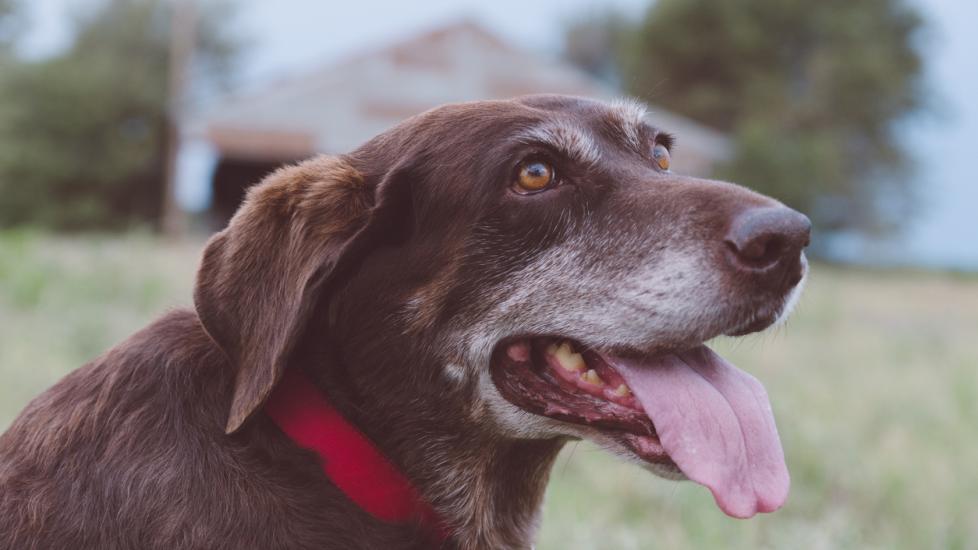Dogs are not only our beloved companions but also a significant part of many families. They bring joy, comfort, and unconditional love into our lives. However, as dogs age, they may face various health issues, including dementia, which can be concerning for pet owners who want to provide the best care possible. Dog dementia, or Canine Cognitive Dysfunction Syndrome (CCDS), is a condition that affects an aging dog’s brain function, similar to Alzheimer’s disease in humans. Understanding this condition and its impact on your furry friend is crucial for their well-being and yours. In this article, we will delve into the symptoms, causes, treatment options, and life expectancy associated with dog dementia.
Symptoms of Dog Dementia:
1. Disorientation: Your dog might become confused about time, place, and people. This could lead to pacing, restlessness, or wandering aimlessly around the house.
2. Memory Loss: Just like human dementia patients, dogs suffering from CCDS may forget familiar routes, past routines, and even where they have eaten recently.
3. Changes in Behavior: Dogs with dementia often exhibit changes in personality, becoming more anxious, aggressive, or clingy. They may also experience separation anxiety when left alone.
4. House Soiling: Even if your dog has been trained to go outside, they might start having accidents indoors due to confusion or inability to control their bladder.
5. Sleep-Wake Cycle Disruption: Dogs with dementia may struggle to maintain a regular sleep pattern, sleeping during the day and being active at night.
6. Decreased Interest in Activities: A once playful pooch might lose interest in toys, walks, and interactions with other pets and humans.
7. Repetitive Actions: Some dogs develop compulsive behaviors such as circling, chasing their tails, or barking excessively.
8. Visual and Auditory Hallucinations: Advanced cases of dog dementia can include hallucinations, which can be frightening for both you and your pet.
Causes of Dog Dementia:
The exact cause of CCDS remains somewhat of a mystery, but it appears to be related to the natural aging process and genetics. As dogs get older, certain parts of their brains shrink, particularly those areas responsible for memory and learning. Additionally, oxidative stress, inflammation, and the buildup of beta-amyloid plaques—similar to what occurs in human dementia—can contribute to cognitive decline in dogs.
Treatment for Dog Dementia:
Fortunately, there are steps you can take to help manage and alleviate the symptoms of dog dementia. Regular exercise, mental stimulation through puzzle toys and training sessions, and providing a consistent routine can make a big difference. Veterinarians may prescribe medications designed to increase acetylcholine levels in the brain, which helps improve cognition. Supplements containing antioxidants and omega-3 fatty acids can support neurological health. Environmental modifications, such as keeping a predictable schedule and using baby gates to create safe spaces within the home, can reduce anxiety and prevent accidents. It’s important to consult with a veterinarian experienced in treating senior dogs to determine the most appropriate course of action based on your dog’s individual needs.
Life Expectancy with Dog Dementia:
The good news is that early detection and proper management can significantly enhance quality of life and extend longevity. While every dog is unique, and the progression of the disease varies greatly among individuals, dogs diagnosed with CCDS typically live one to three years after diagnosis if treated appropriately. With supportive care and attentive monitoring by their loving owners, some dogs may enjoy a longer period of happiness and companionship despite facing dementia.
In conclusion, dog dementia is a complex issue that requires patience, understanding, and a commitment to providing excellent care throughout your pet’s golden years. By recognizing the signs early and seeking veterinary advice promptly, you can ensure that your four-legged friend receives the treatment and support necessary to navigate the challenges of aging gracefully. Remember, each dog is special, and what works for one might not work for another; therefore, it’s essential to tailor your approach to fit your dog’s specific needs.
